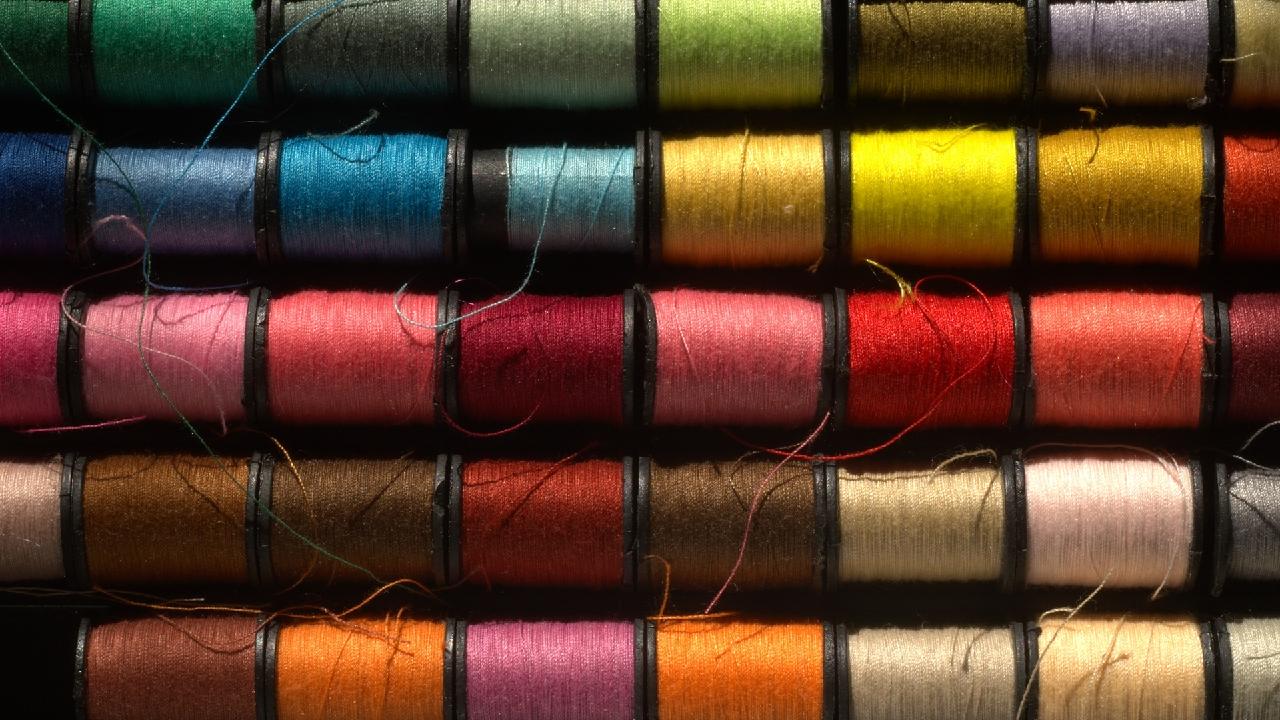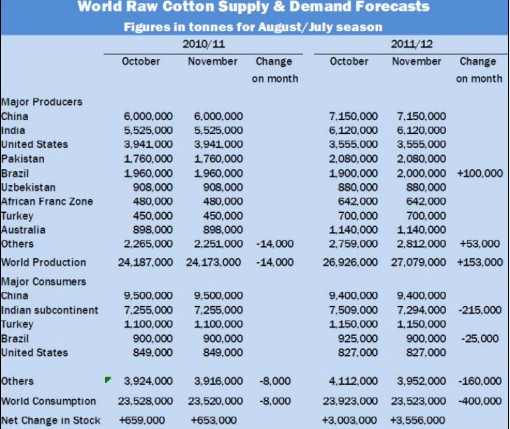|
T he Brazilian textile and apparel industry comprises more than 30,000 companies in the textile and apparel sectors, generating some 14 million to 15 million jobs, both direct and indirect. Brazil is among the top 10 textile industry markets worldwide and among the top five as an apparel producer. The Federative Republic of Brazil is the largest country in South America, and one of the richest countries in terms of natural resources, environment and wildlife. The Federation is formed by the union of the Federal District and 26 states. Bright Future In the first half of 2010, more than 1.5 million jobs were created, a record high. During the same period in 2009, the Brazilian economy generated only 299,000 jobs owing to the international financial crisis. The government believes the Brazilian economy will create a total of 2.5 million jobs in 2010. The Organization for Economic Cooperation and Development (OECD) predicts an economic growth rate of 6.5 percent in 2010 for Brazil - higher than the previous estimate of 4.8 percent. For 2011, the economy is expected to grow 4.5 percent. The effects of the international financial crisis caused the economy to contract by 0.2 percent in 2009. The OECD is not the only institution to predict a high growth rate for Brazil in 2010. In the most recent Focus market survey, the Brazilian financial sector projected 6.46-percent growth for this year. The Brazilian government's most recent estimate is 5.5-percent growth. According to the OECD, Russia, India and China - the other countries in the BRIC group - are undergoing a solid expansion as well, and will register positive figures this year.
The Brazilian textile industry is constantly growing owing to the acquisition of modern equipment and technical development applied to production, and also the promotion of its professionals through training programs and increasing productivity. This development program has already invested more than $8 billion. Its objective is to strengthen Brazil's textile industry in the globalized and competitive market. Brazil has around 4 million ring spindles and 330,000 rotors in operation. It produces and consumes 5 percent of the world's total cotton crop. Producing approximately 1.2 million metric tons of cotton annually, Brazil exports almost 400,000 metric tons to Indonesia, Pakistan, Japan and Argentina. ABIT TexBrasil In 2009, the total turnover for the textile sector was $47 billion, and exports exceeded $1.8 billion. During the same year, the sector generated a deficit of $1.5 billion and created more than 66,000 job openings. In terms of consumption, Brazil holds fifth place after China, India, Pakistan and Turkey. Ambitious Targets These are ambitious targets, but by paving the way with adequate planning, such goals are surely compatible with the Brazilian reality. To achieve such aims, new investments in technology will be essential. Moreover, the country relies on the required managerial maturity as well as the creativity of its professionals. Within such a context, it is essential for the textile sector to join efforts and multiply convergences and know-how. ABIT supports such missions and offers the Brazilian textile market all the necessary support to meet the above-mentioned goals. Fashionable Brazil The second edition gathered 67 exhibitors from eight countries, including Brazil, France, Spain, Italy, Turkey, England, Germany and Uruguay. Compared to the first edition, there was a 49-percent increase in the number of exhibitors. Jacques Brunel, managing director, Premi��re Vision S.A., Paris, said the event provided to Latin American countries an alignment with the international fashion calendar, presenting one year in advance the range of colors and fabrics for future collections. He also said the first Brazilian edition of the event helped reinforce the perception of strengthening the Latin American market and textile sector, pointing to Brazil as a starting point for expansion. Textile World |
|
2010 ITMF Annual Conference: Brazil And Its Textile Industry
Updated: 2010-11-1 Source: Textile World

Recommended News
Photo Gallery
Most Popular




